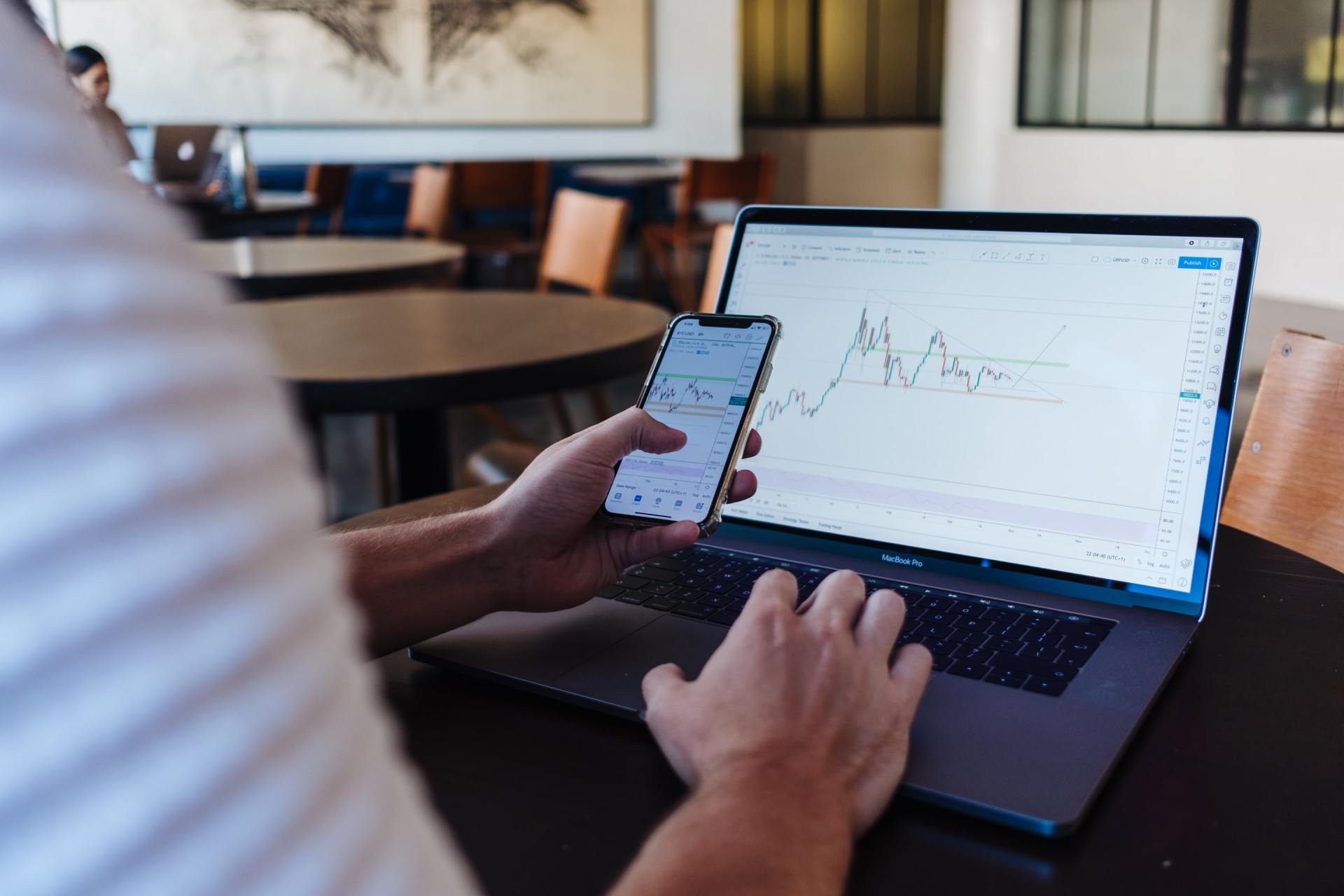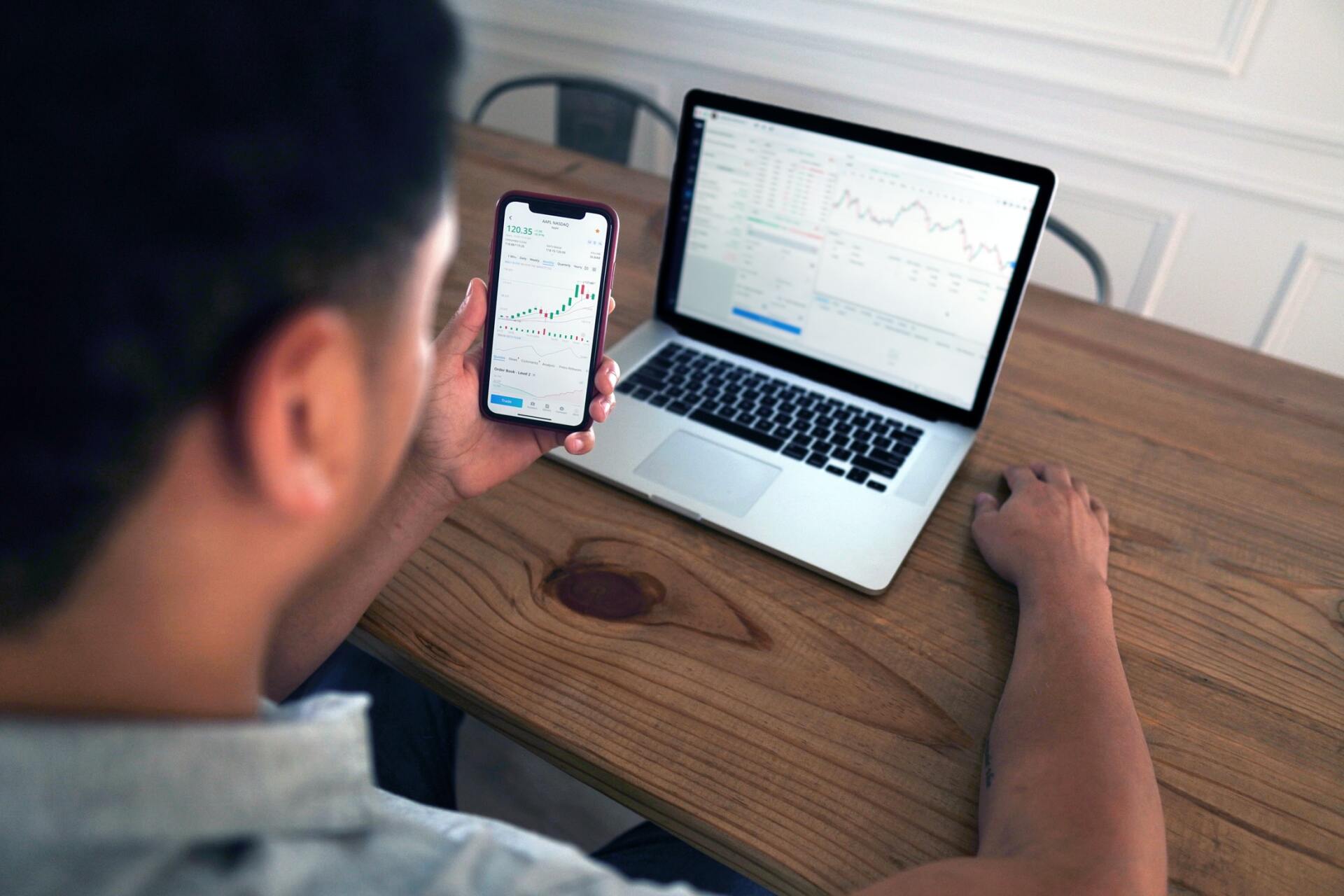Market Commentary | October 2020
THE MARKET
November of 2020 will be one of the more pivotal and intense months this country has seen in quite some time.
At the end of the day, the election very much matters to citizens. It will shape the next four years of our lives. However, when it comes to your investment portfolio, the election should not change your long-term approach. A good plan is designed to help absorb short-term volatility and stay disciplined to your financial plan.
October started off positive for the markets until the selloff experienced during the last week of the month. The S&P 500 fell over 5.62% during the week ending on October 30th. The NASDAQ fell 5.50% while the Dow Jones Industrial Average (DJIA) dropped nearly 6.50%. The S&P 500 finished the month of October down 2.66% and is now up just 2.77% on the year. The DJIA fell 4.52% during the month and is down 5.38% on the year. The technology heavy NASDAQ is still up 22.50% on the year, but it did fall 2.26% during the month.1
In the backdrop, virus cases are on the rise and the election is rapidly approaching. What does this all mean for the markets?
THE VIRUS, THE ELECTION, AND THE ECONOMY
As has been the case for much of 2020, the U.S. Presidential Election and Covid-19 made up most of the headlines in October. The last week of October saw a surge in new coronavirus cases per day as the United States neared the 100,000 mark on Friday, October 30th. If the U.S. follows a similar path to Europe, it could be a long winter dealing with the virus. Cases have increased greatly in Europe this fall relative to the summer lows. The United Kingdom averaged 25,000 cases per day last week, which is up from the 1,000 per day it was experiencing in June. Similar story lines are seen in other large European countries such as Germany, Spain, and Italy to name a few.2 Daily cases in the United States fell to less than 25,000 in early September only to see them increase by 4x as the fall weather took hold.3 Infection trends in upper Midwest states like Michigan, Ohio, and Illinois lead us to believe that the worst is yet to come.
While cases are up, it is not all doom and gloom as it relates to battling the virus. As you can see in the image to the right, even as cases increase dramatically, the death toll has been steady. One can theorize many things from the chart above regarding the severity of the virus, but the point remains that it is very contagious, and we still do need to take it seriously. For the economy’s sake, we need to continue to remain open in this social distancing type of economy, but to do so, we will need to continue taking the necessary precautions.
There are many emotions seen throughout the U.S. when it comes to the virus and the election. We are seeing very different views on both sides of the political aisle, and as eluded to above, also on both sides of the coronavirus aisle. We aren’t here to discuss the merits of either side, but simply to say that both the election and the virus will impact the economy and the markets moving forward.
Regarding the economy, U.S. real GDP fell at an annual rate of 31.4% in the second quarter. Most predicted that the third quarter would see a slight rebound, and we did. U.S. real GDP rose by 33.1% in the third quarter which topped analyst expectations of 32%. Note that the 33.1% increase is based on a smaller initial value than the 31.4% decrease in the second quarter.5 That is to say, we did not recover all of the second quarter drop even though the third quarter number was larger. The virus is still here, and it is not going away anytime soon, but the economy has adapted. We expect single digit growth on a quarterly basis moving forward until a widely distributable vaccine is available which then could lead to a sizable quarterly increase in GDP. There are still many unknowns, but we seem to be on the path of recovery.
Regarding the markets, the virus and the election will certainly cause volatility in the near term. As virus cases rose in the last week of October and the potential for more lockdowns came into play, the market began to pull back. As election day approaches, the potential of a stimulus package coming anytime soon has decreased which did not aid the markets. And if there is a contested election, it is unlikely that we see another stimulus package passed in the next month. In a nutshell, the markets look to be volatile for the remainder of the year.
The election will create a period of market volatility; however, history would suggest that the markets will eventually stabilize regardless of the election outcome. Most analysts indicate that a Trump victory will be good news for stocks. One reason being that the Trump administration is likely to keep the corporate tax rate at 21%. Analysts at JP Morgan predict the S&P 500 could reach 3,900 with a Trump victory, which is over a 19% increase from the October 30th closing price.7 However, a Biden victory is now being seen as neutral for equities, and even bullish by some. A Biden victory could lead to less political friction. This would allow for quick and sizable stimulus packages that would be positive news for the markets.8 Regardless of the election’s outcome, the dust will settle in the coming months and it is important to maintain your disciplined investment approach. Do not let the volatility in the coming months cause you to abandon your financial plan.
There are still many unknowns when it comes to the virus and its impact. We ultimately don’t know the long term affects of the virus on those that have been infected. It has not even been a year since the first person was diagnosed with the virus. And we don’t know the long-term impact of how this will shape our economy moving forward. However, we do know that we will get passed this moment in history. We have confidence that there will be a vaccine, and the economy will fully adapt. We will get through the election as both sides will eventually accept a result. Even with a contested election, a winner will be declared. This will lead to political certainty, and that certainty will eventually lead to stability in the markets. We should have a good idea of who wins the election sometime in the early hours of November 4th, but it is likely to be contested and/or drawn out due to mail in ballots. There will be waves of news coming in throughout the week and possibly throughout the month regarding the election winner causing volatility in the markets. There will also be news regarding more virus cases, potential shutdowns, better treatment, and progress on a vaccine. The markets will react to the news. They will ebb and flow in the short term, however, history has taught us that timing the market is a nearly impossible proposition. Having a solid short- and long-term plan, while staying disciplined and levelheaded, will put you in the best position to weather the storm. Don’t panic. Stay the course.
CONCLUSION
It will be tough to watch your hard-earned money increase and decrease as the year wraps up. Double digits swings will be hard to ignore, but we encourage you to take the emotion out of investing and stay disciplined to your financial plan. Your portfolio should be invested based on your risk tolerance which will help manage the ebbs and flows we are sure to encounter. Money needed in the short term should be allocated to cash-like investments that will not be greatly affected by market movements. Money ear marked for the longer term will be able to ride the wave of volatility and come out of the other end on top. We recommend using the volatility caused by the election as an opportunity to rebalance. Make sure that you have the correct equity and fixed income allocations according to your risk tolerance heading into the new year. Stay disciplined to your financial plan, and don’t hesitate to reach out to your financial professional if you’d like to revisit your risk tolerance.
1 https://www.investing.com/indices/
2 https://seekingalpha.com/article/4383847-weekly-commentary-dangerous
3 https://www.wsj.com/articles/coronavirus-latest-news-09-08-2020-11599553301
6 Source: BEA, FactSet, J.P. Morgan Asset Management. Guide to the Markets – U.S. Data are as of October 30, 2020
21
Returns are based on the S&P 500 Total Return Index, an unmanaged, capitalization-weighted index that measures the performance of 500 large capitalization domestic stocks representing all major industries. Indices do not include fees or operating expenses and are not available for actual investment. The hypothetical performance calculations are shown for illustrative purposes only and are not meant to be representative of actual results while investing over the time periods shown. The hypothetical performance calculations for the respective strategies are shown gross of fees. If fees were included returns would be lower. Hypothetical performance returns reflect the reinvestment of all dividends. The hypothetical performance results have certain inherent limitations. Unlike an actual performance record, they do not reflect actual trading, liquidity constraints, fees and other costs. Also, since the trades have not actually been executed, the results may have under- or overcompensated for the impact of certain market factors such as lack of liquidity. Simulated trading programs in general are also subject to the fact that they are designed with the benefit of hindsight. Returns will fluctuate and an investment upon redemption may be worth more or less than its original value. Past performance is not indicative of future returns. An individual cannot invest directly in an index.
This material has been prepared for information and educational purposes and should not be construed as a solicitation for the purchase or sell of any investment. The content is developed from sources believed to be reliable. This information is not intended to be investment, legal or tax advice. Investing involves risk, including the loss of principal. No investment strategy can guarantee a profit or protect against loss in a period of declining values. Investment advisory services offered by duly registered individuals on behalf of ChangePath, LLC a Registered Investment Adviser.
| Index Returns (as of 10/30/2020) | Level | Week | MTD/QTD | YTD | 1 YR |
|---|---|---|---|---|---|
| S&P 500 | 3720 | -5.62% | -2.66% | 2.77% | 9.39% |
| Dow Jones Industrial Average | 26502 | -6.47% | -4.52% | -5.38% | -0.18% |
| NASDAQ Composite | 10912 | -5.50% | -2.26% | 22.50% | 32.67% |
| Russell 2000 | 3824 | -6.21% | 2.09% | -6.77% | -0.79% |
| MSCI EAFE | 1780 | -5.51% | -3.98% | -10.44% | -6.38% |
| MSCI Emerging Markets | 1103 | -2.89% | 2.08% | 1.15% | 8.67% |
| U.S. Aggregate Bond | - | -0.04 | -0.45% | 6.32% | 6.75% |
Source (1)
Source (4)
Source (6)
"The election will create a period of market volatility; however, history would suggest that the markets will eventually stabilize regardless of the election outcome."
"Having a solid short- and long-term plan, while staying disciplined and levelheaded, will put you in the best position to weather the storm."
Source (9)









P:
888.798.2360 F:
913.661.1183
6330 Sprint Pkwy Suite 400, Overland Park, KS 66211
Disclosure: Continuity planning offered through CreativeOne Wealth, LLC and CreativeOne Securities, LLC. CreativeOne Wealth, LLC. advisory services offered through CreativeOne Wealth, LLC, a Registered Investment Adviser. CreativeOne Securities, LLC. Member FINRA/SIPC and an Investment Advisor.
Privacy Policy | ADV Part 2A | Form CRS
© 2023 Creative One Marketing Corporation, CreativeOne Wealth, LLC and CreativeOne Securities, LLC.




